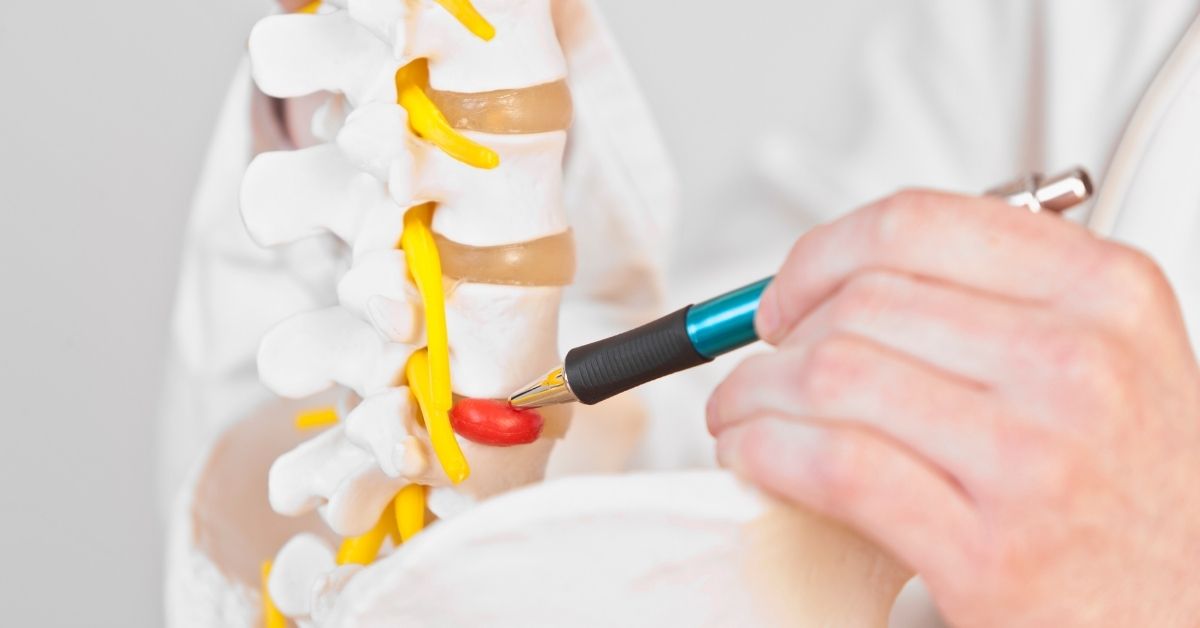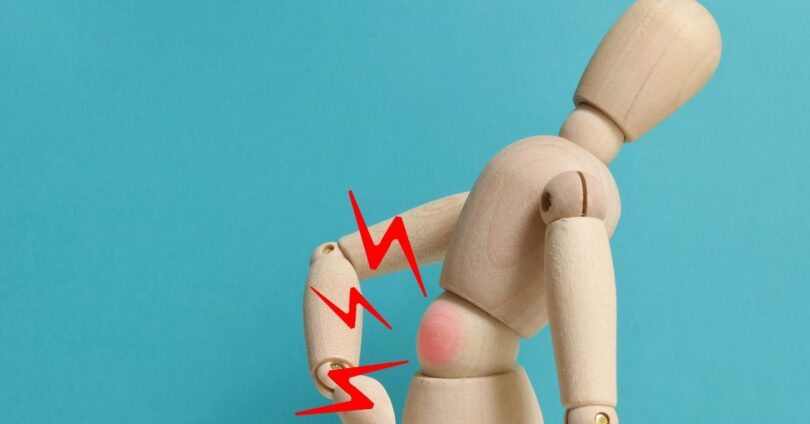Millions of people around the world suffer from lower back and leg pain. They do not sit properly when working at their desks or they get up from sitting for a while only to feel a sharp pain in their back. Injuries are common and sometimes they can be avoided if lower back and leg pain is attended to as early as possible. But then again, self-treatment, adequate exercising, and keeping the correct postures can also proffer good help in overcoming such painful conditions.
1. Sciatica

Sciatica is the term used to describe chronic lower back and leg pain that is felt in the lower back and sometimes down the side of one’s legs. Sciatica describes pain that extends along the course of the sciatic nerve, that branches off of your lower back and down each leg. In most cases, sciatica is felt only one side of the body. Sciatica most often occurs when there is a herniated disc, spinal stenosis or other narrowing of the spinal column (osteoporosis) or when there is a pinched nerve in the spinal cord.
The cause of sciatica is not clear from the research, but it seems to occur as a result of a stress on the muscles of the back. These can be muscles such as the piriformis, latissimus dorsi and teres minor. Sciatica can affect people of all ages and can occur either at the front of the knee or in the lower back and legs. It can be debilitating as the condition worsens because of increased inflammation and pain. This is why people who suffer from this condition should see their doctor regularly and for a long period of time.
2. Lumbar herniated disk

A herniated disc can pin the spinal nerve right up against the back of the thigh bone, which causes pain, tingling, or even numbness. When this condition arises in the lower back, it’s known as a lumbar laminectomy, and if it occurs in the upper back, it’s called a lumbar injury. Sometimes, both disks may herniate. This is known as a total disc disease.
The symptoms of a lumbar herniated disc typically arise around the buttocks. However, they may also occur in the groin area or even in the groin area near the top of the leg. Some people may experience symptoms in the lower back and leg as well. Because there are many different conditions that can cause this type of physical exam, you should be sure to ask your doctor what symptoms he feels you need to be evaluated for.
3. Piriformis syndrome

Piriformis syndrome, also known as tibia stress syndrome, refers to a condition that affects the sciatic nerve and the piriformis muscle. This muscle is located at the base of the spine. It originates from the upper cervical region and inserts on the bottom of the humerus, which is the upper thigh bone. It is important for the sciatic nerve, which passes through the piriformis muscle and down the backs of the legs and into the knee, to remain strong and free of compression as a nerve root lies between these two muscle groups. When this happens, the nerve becomes inflamed and the result is a tingling or numbing pain in the lower back and leg that typically runs down the leg. This is called sciatica and it can be very painful.
Piriformis syndrome can be caused by many different things, but the most common cause is irritation of the piriformis muscle and the sciatic nerve caused by muscle imbalances or tightness. Other possible causes include tumors on the nerve roots and gluteal muscles, which attach the hips to the thigh bones. Trauma to the area, such as a pulled muscle or whiplash injury can also result in irritation of the piriformis muscle and the sciatic nerve caused by inflammation. Injuries to the lumbar spinal cord can also result in irritation of the piriformis muscle and the sciatic nerve, resulting in pain and tingling in the lower back and leg.
4. Arachnoiditis

Arachnoiditis is an inflamed condition characterized by burning and intense stinging pain in the lower back and leg. It’s generally caused by an infection of the arachnoid tissue one of the 2 hollow linings that cover the spinal cord and brain. This infection, in combination with an overproduction of certain cells of the immune system causes chronic pain, neurological deficits, and associated swelling. The condition typically presents in elderly people and those with a history of multiple sclerosis.
The diagnosis of arachnoiditis usually depends on the location of the inflamed tissue. The most common type of this condition is the “axillary” variety, which refers to the inflamed arachnoid (underlying) tissue in the spine. Although this is the most common type, other types of arachnoiditis exist. One of these is known as the “para-arthral” form, which is usually characterized by painful buttocks and surrounding areas such as the groin area, inner thighs, or inner thighs of a child. Another rare form of arachnoiditis manifests itself in the neck area. When such a condition is present, the affected person usually presents with persistent pain that radiates down the lower leg and into the calf.








Leave a Comment